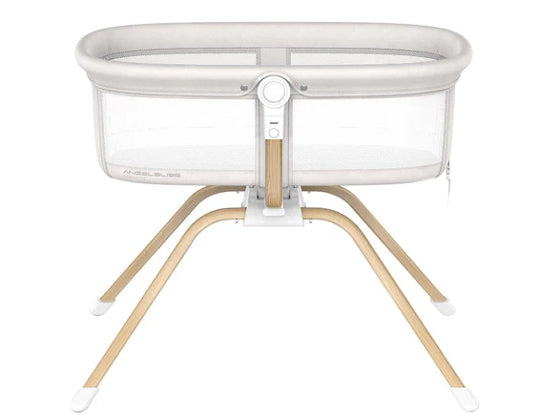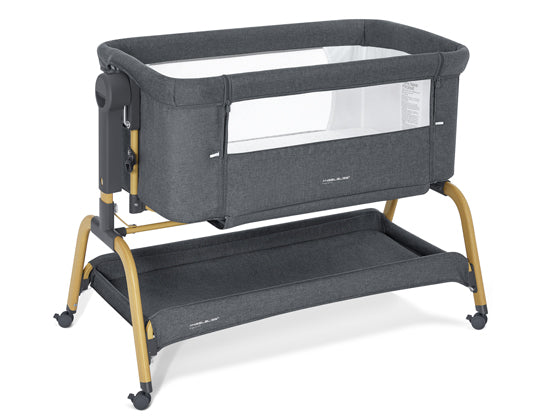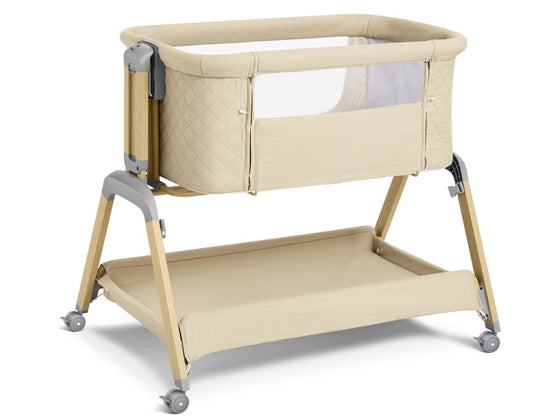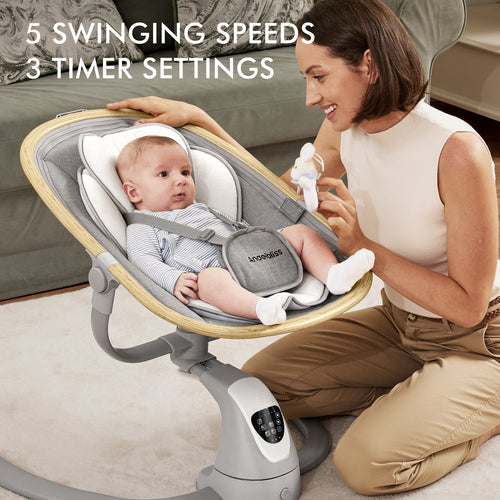Modern parents often face the challenge of balancing their infants' entertainment needs with their developmental growth. Baby bouncers have emerged as versatile tools that can support both playtime and healthy development, offering much-needed relief for caregivers. In this blog, we will explore the various aspects of baby bouncers, including their benefits, features, and how to choose the right one for your little one.
The Science of Bouncing
Baby bouncers utilize rhythmic motion that plays a significant role in supporting vestibular development. Research from pediatric studies indicates that this gentle bouncing can enhance a baby’s balance and coordination. The vestibular system, which helps children understand their position in space, is stimulated by the motion of the bouncer. This stimulation is crucial in the early months, as it lays the foundation for future motor skills and spatial awareness.
Age-Specific Features
When considering a baby bouncer, it’s essential to recognize that the needs of infants change rapidly as they grow. For babies aged 0–3 months, a baby bouncer should prioritize neck support and safety features that accommodate their developing bodies. In contrast, those in the 4-6 month range benefit from bouncers that include interactive toys and sensory elements, promoting engagement and exploration. Parents can choose a bouncer for their child that best suits their growth stage by being aware of these age-specific needs.
Silent Innovation
In the realm of baby bouncers, noise-free vibration technology is a game-changer. Many parents will appreciate the ability to provide soothing motion without the disruptive sounds often associated with traditional bouncers. This innovation allows for nap-friendly bouncing, ensuring that babies can enjoy the benefits of movement without being disturbed. Choosing a baby bouncer with silent features can greatly enhance the overall experience for both baby and the caregiver.
DIY Sensory Add-Ons
For those interested in personalizing their baby bouncer, there are safe homemade attachments that can enhance sensory play. Baby bouncers can be easily customized with items like contrasting fabric strips, which stimulate visual development. These DIY sensory add-ons not only make the bouncer more engaging but also promote cognitive skills as babies explore different textures and colors. While ensuring that all items are safe and firmly fastened, parents can exercise their creativity.
Conclusion
In conclusion, selecting the right baby bouncer is crucial for supporting your child's developmental milestones. With options available that evolve with your baby's growth, parents can find bouncers that provide both entertainment and developmental benefits. By understanding the importance of features tailored to age and the latest innovations in bounce technology, caregivers can make informed decisions that enhance playtime and development.
FAQ
Can a baby bouncer help with colic?
Yes, baby bouncers can help alleviate colic symptoms, as the gentle motion may aid in digestion and provide comfort to fussy babies.
How to sanitize musical buttons?
Different brands may have specific cleaning recommendations, but a general rule is to use a damp cloth with mild soap to clean the musical buttons, ensuring that no moisture seeps into the electronic components.
Are foldable bouncers less durable?
While foldable baby bouncers are designed for convenience and portability, it’s important to compare materials used in their construction. While some folding models might not be as tough, others might sustain frequent use thanks to their strong frames and long-lasting textiles.
Whatis the best baby bouncer age to start using one?
Please refer to this blog: About Baby Bouncer Age
By understanding the multifaceted benefits of baby bouncers, parents can harmonize their infants' developmental and entertainment needs effectively.












